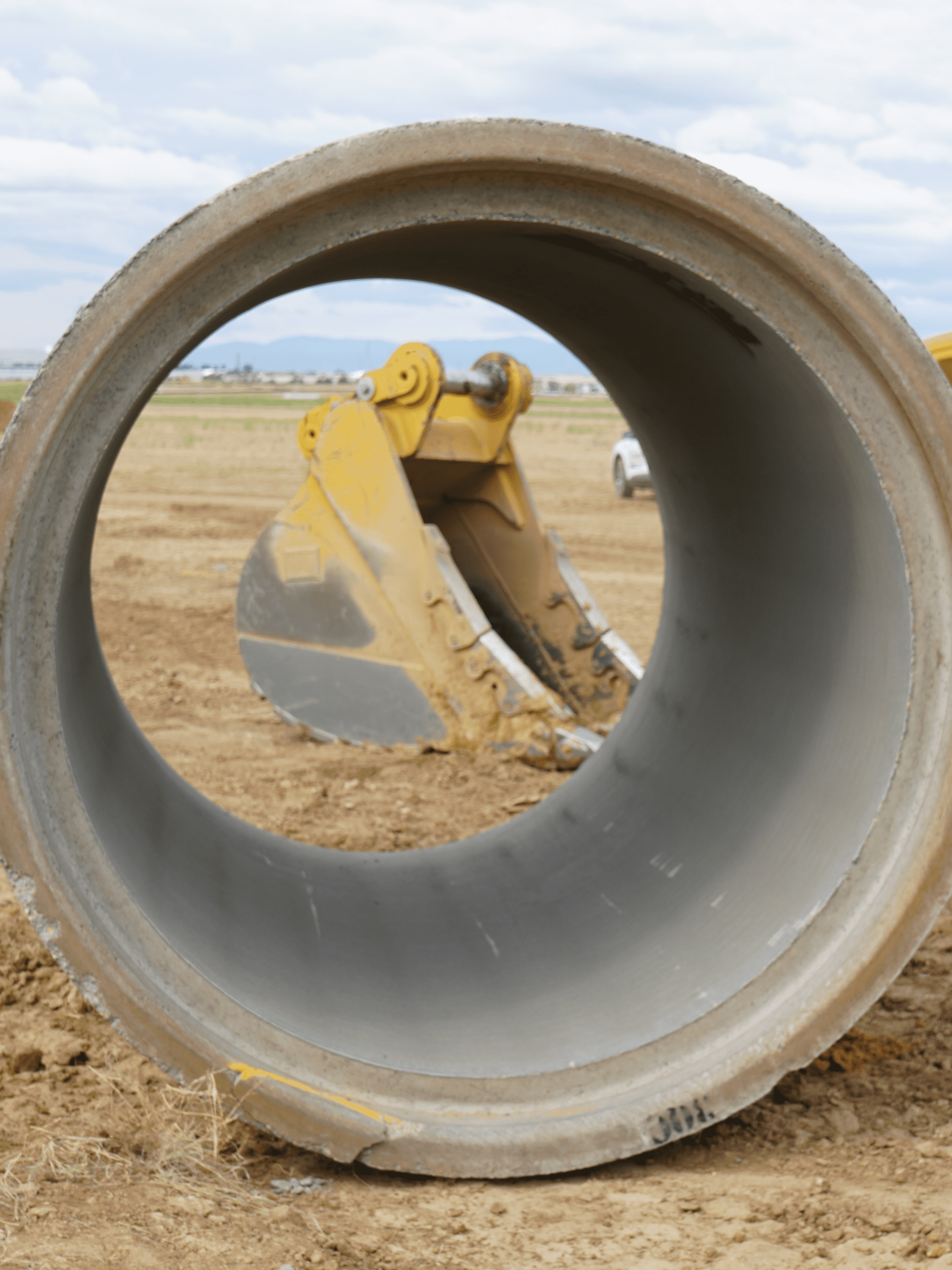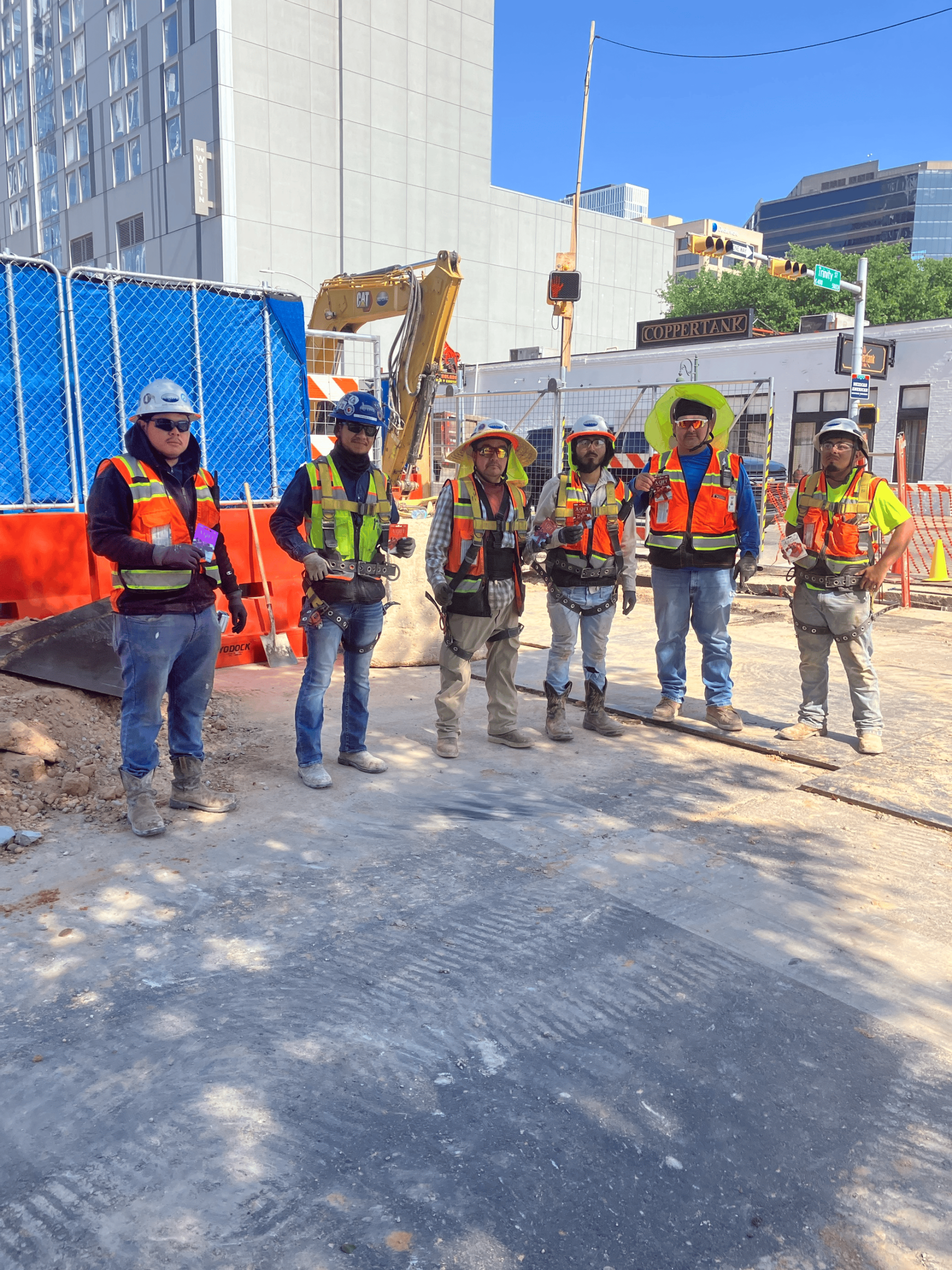Bridges are remarkable feats of engineering, connecting communities, spanning rivers, and overcoming geographical barriers. Behind every iconic bridge is a complex construction process that involves meticulous planning, precision engineering, and a deep understanding of bridge structures. In this blog, we’ll take you through the fascinating world of bridge construction, revealing how to build bridges and the secrets behind their sturdy structures.
Site Assessment and Planning:
The journey to building a bridge begins with a thorough site assessment. Engineers evaluate the terrain, water currents, and environmental impact. This stage is critical for ensuring the bridge’s stability and minimizing ecological disruption.
Design and Engineering:
Designing a bridge is a highly specialized task. Engineers use advanced software and calculations to create blueprints that factor in loads, traffic capacity, and aesthetics. The goal is to craft a design that is not only functional but also visually appealing.
Foundation Construction:
Building a solid foundation is critical to a bridge’s longevity. Depending on the site’s conditions, foundations can vary from deep piers to shallow footings. Precise excavation, concrete pouring, and reinforcement placement are all part of this phase.
Substructure and Superstructure:
The bridge’s substructure (the part beneath the deck) and superstructure (the deck itself) are constructed separately. Substructure components include abutments and piers, while the superstructure comprises girders or trusses.
Construction Materials:
Bridges are typically constructed using concrete, steel, or a combination of both. The choice depends on budget, span length, and aesthetic preferences.
Construction Techniques:
Various construction techniques, such as segmental construction, cable-stayed methods, and precast components, are employed depending on the bridge’s design and location. Each method has its unique advantages.
Quality Control and Safety:
Throughout the construction process, rigorous quality control measures are in place to ensure every element meets engineering specifications. Safety protocols are paramount to protect workers and the integrity of the bridge.
Final Inspections and Testing:
Once construction is complete, the bridge undergoes comprehensive inspections and load testing, which ensures it can withstand the expected traffic loads safely.
Maintenance and Longevity:
Proper maintenance is essential for the long-term performance of a bridge. Routine inspections, repairs, and preventive measures help extend the bridge’s lifespan.
Building bridges is a complex endeavor that combines science, artistry, and engineering. From site assessment and design to construction and maintenance, every step is crucial to creating a safe and enduring structure. Mastering the intricacies of bridge structures is a testament to the capabilities of civil engineering and the determination to connect communities and overcome geographical challenges. As you embark on your journey of exploring how to build bridges, remember that success requires a combination of expertise, precision, and a deep commitment to safety and sustainability.
At HEI Civil, we have an entire team dedicated to building bridges, including skilled carpenters, a seasoned bridge superintendent, and an experienced bridge project manager, making us your go-to partner for bridging the gap.




